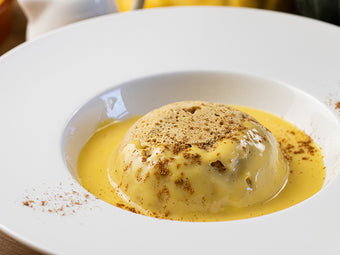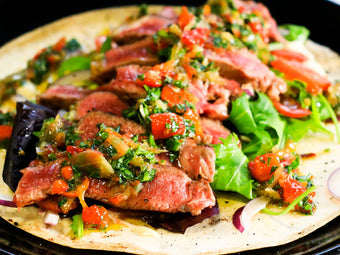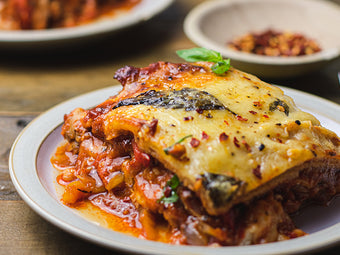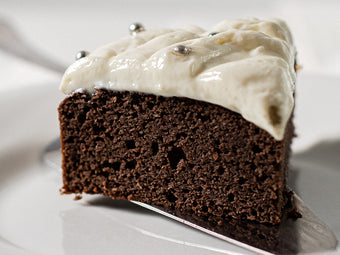What is Konjac Flour?
If you read the ingredients section for Lo-Dough, you’ll see that one of the things used is something called konjac flour. Let's take a closer look at what this is and how it contributes to a great dietary choice.
Konjac, also known as glucomannan, is a herb that grows in parts of Asia. It became known for its starchy corm, part of the stem which grows underground. Studies showed that this could be used to make a rich source of dietary fibre - and its uses, it emerged, were numerous.
Konjac flour and losing weight
One of those many uses, it turned out was that it could aid weight loss. In the Western world, it is used as a dietary supplement and also to help lower cholesterol.
Konjac also used as a Chinese medicine and is used as a gelatin substitute and to thicken or add texture to foods. In terms of weight loss, as it is essentially a fibre, it keeps you fuller for longer, lessening the chance of binge eating or snacking when you shouldn’t be.
Konjac flour and cholesterol
Reports claim that konjac fibre can contribute to lower cholesterol, largely because it works in a similar manner to other water-soluble fibres. It is able to attach itself to bile acids in the gastrointestinal system and move them out of the body.
This process reduces the amount of fat in the blood and helps to bring down cholesterol levels. As such, glucomannan is often used in products intended to reduce blood cholesterol and triglyceride levels as well as blood sugar.
Konjac flour in Japanese dishes
In the Japanese cuisine, konjac (konnyaku) appears in dishes such as "Ito konnyaku" - where it is cur into noodle like strips and sold in plastic bags. It generally has very little taste and is flavoured up in different ways - its popularity leans more on the fact that it's a healthy food than its flavour. The common variety tastes vaguely like salt, usually with a slightly oceanic taste and smell (from the seaweed powder added to it; albeit other forms may omit the seaweed entirely). The translation for the noodle dish literally means "thread konjac".
Konjac in Chinese Medicine
The extracts from konjac have been used for many things over the years, notably in Traditional Chinese Medicine (TCM). This includes detoxification, tumour-suppression, blood stasis, treatment of asthma, cough, hernia, breast pain, burns, as well as blood and skin disorders.
Bonus facts
- Konjac is gluten-free
- Konjac fibre promotes satiety, or feelings of fullness
- Konjac powder is one of the most powerful thickeners (absorbs about 10x its weight in water!)
What else is in my Lo-Dough?
- Water
- Wheat Fibre
- Dried Free Range Egg White
- Stabiliser (E464)
- Psyllium husk
- Salt.
Allergens are shown in bold. May contain: Mustard, Sesame










